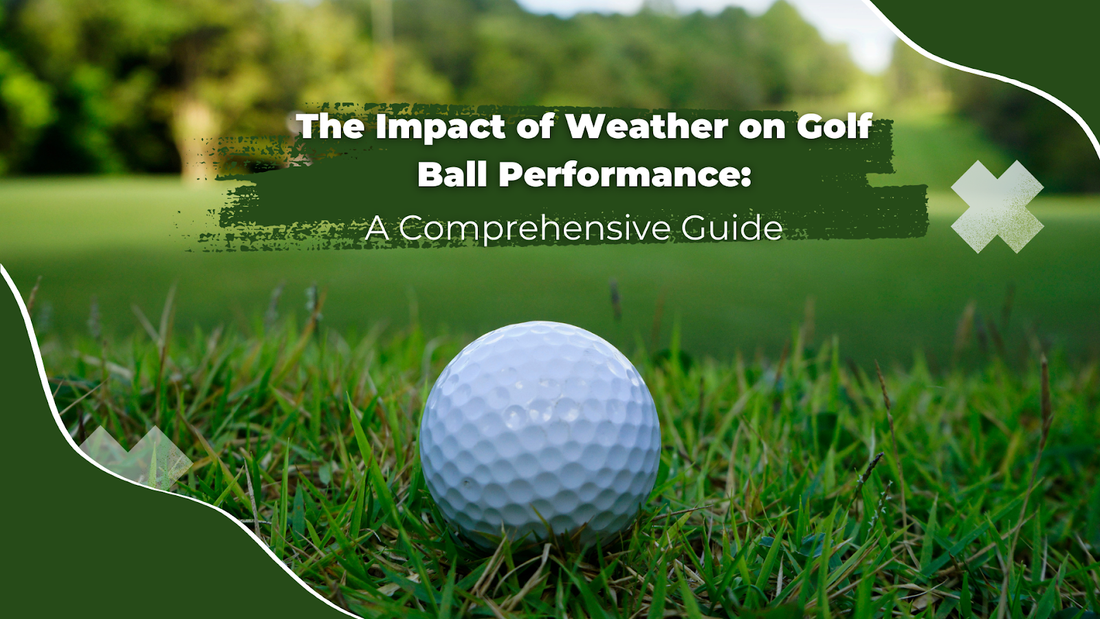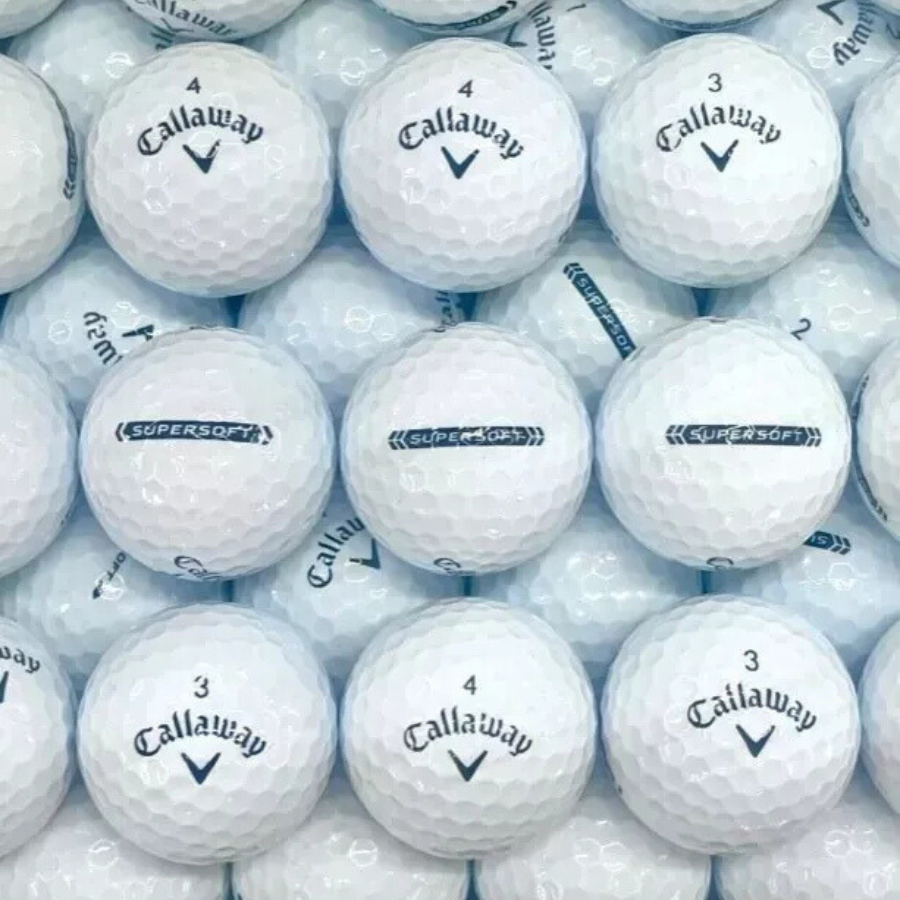
The Impact of Weather on Golf Ball Performance: A Comprehensive Guide
Golf is a game that can be played in a wide range of weather conditions, from sunny days to rainy afternoons and windy mornings. Understanding how different weather affects your golf balls is essential for optimizing your game. Let's explore how temperature, humidity, wind, and air pressure influence golf ball flight and discuss how products like Titleist and Callaway can help you adapt.
Temperature's Role in Golf Ball Performance
Temperature is a significant factor affecting golf ball performance. In colder temperatures, the air is denser, which increases drag and reduces the ball's flight distance. For instance, every 10-degree drop in temperature can result in the golf ball traveling about two yards less. Conversely, warmer temperatures allow the ball's materials to expand, leading to better compression and rebound off the clubface, resulting in increased distance.
Titleist ProV1x golf balls are well-suited for warmer conditions due to their consistent performance and forgiving nature. However, in colder weather, opting for a lower compression ball can help maintain distance. Callaway Chrome Soft Triple Track balls, with their aerodynamic design, are also beneficial in windy conditions but may require adjustments in colder temperatures.
Humidity's Influence on Golf Ball Performance
Humidity has a minimal impact on golf ball distance but can affect spin rates, influencing shot trajectory and greenside control. While conventional wisdom suggests that high humidity reduces distance, the reality is that the difference is almost negligible. According to Trackman data, a change from 10% to 90% humidity results in less than a yard of difference on a 6-iron. However, humidity can make the air feel lighter, potentially allowing the ball to travel slightly farther.
Wind's Impact on Golf Ball Flight
Wind is a critical factor affecting golf ball flight. Aerodynamic design plays a crucial role in maintaining stability in windy conditions. Callaway Chrome Soft Triple Track golf balls are designed to handle wind well, thanks to their advanced dimple patterns and aerodynamic features. These features help minimize the effects of crosswinds and maintain trajectory control.
Air Pressure's Effect on Golf Ball Performance
Air pressure has a negligible effect on golf ball flight, accounting for less than a yard of difference. However, high-altitude golf courses have lower air density, resulting in less resistance and roll. In such conditions, using a lower compression ball or adjusting swing speed and launch angle can help optimize performance.
Golfing in Different Weather Conditions
Sunny Days
On sunny days, Titleist ProV1x golf balls are ideal due to their consistent performance and forgiving nature. The warmer air allows for better compression and increased distance, making these balls perfect for clear, sunny conditions.
Rainy Days
In wet conditions, maintaining control is crucial. While the rain itself doesn't directly affect the ball's flight, the wet conditions can make the ball harder to grip. In this scenario it might be better to consider a matte quality ball that has a better grip as opposed to a glossy smoother finished golf ball.
Windy Conditions
For windy days, Callaway Chrome Soft Triple Track golf balls are excellent due to their aerodynamic design. This helps maintain stability in flight, ensuring consistent performance even in strong winds.
Cold Weather
In cold weather, golf balls become firmer, leading to reduced distance and different roll characteristics. Using a lower compression ball can help maintain distance and control in these conditions. Srixon golf balls feature advanced core technologies designed to maintain optimal compression across a wide range of temperatures, ensuring consistent performance in cold weather.
Choosing the Right Golf Balls for the Weather
Selecting the right golf balls for the weather can significantly enhance your game. Here are some tips for choosing the best balls for different conditions:
• Warm Weather: Opt for high-compression balls like Titleist ProV1x for maximum distance and control.
• Cold Weather: Use lower compression balls to maintain distance and control.
• Windy Conditions: Choose aerodynamically designed balls like Callaway Chrome Soft Triple Track.
• Rainy Conditions: Consider matte golf balls for better grip and stability.
Conclusion
Understanding how different weather conditions affect your golf balls is key to optimizing your performance. By selecting the right ball for the conditions and adjusting your technique accordingly, you can improve your overall golfing experience and enjoy the game more, regardless of the weather. Whether you're playing in sunshine, rain, wind, or cold, the right golf balls can make all the difference.
This guide provides a comprehensive overview of how different weather conditions impact golf ball performance, highlighting the benefits of using specific products like Titleist ProV1x and Callaway Chrome Soft Triple Track in various conditions. By understanding these factors, golfers can make informed decisions about their equipment and technique to achieve better results on the course.

